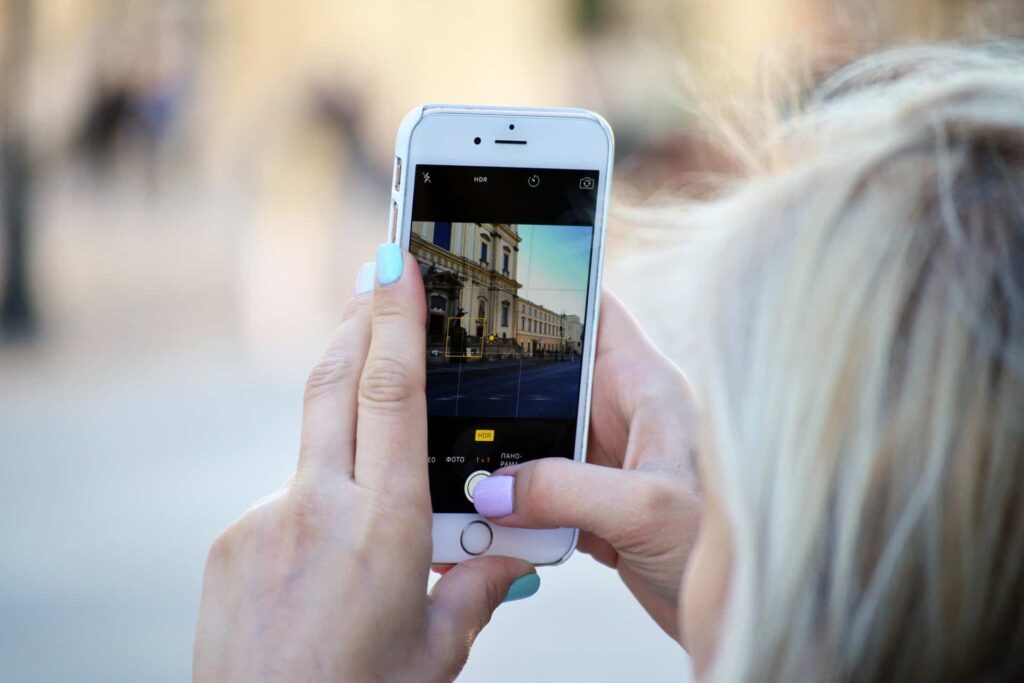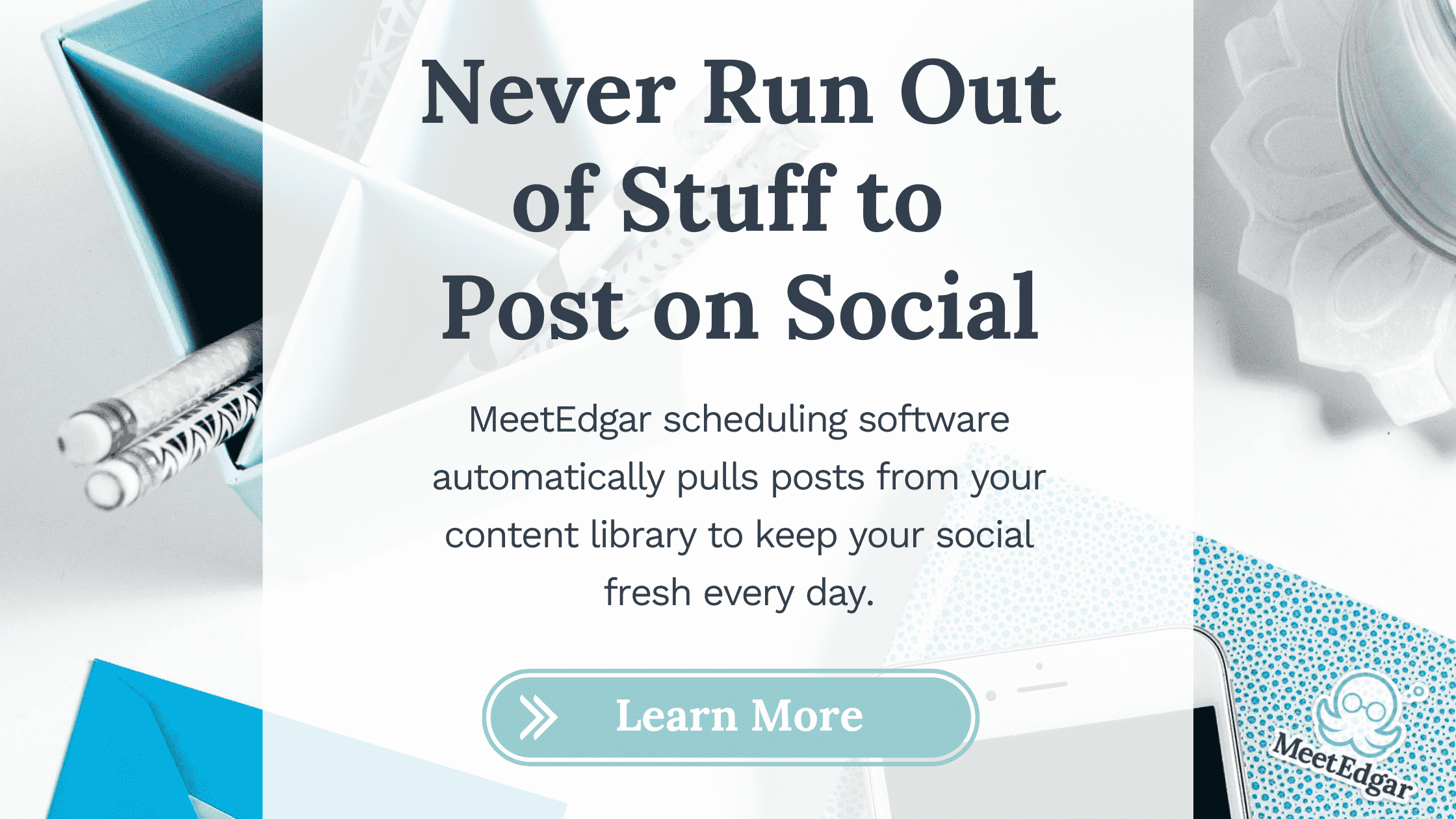Back in 2016, after Twitter announced that it would be laying off 9% of its staff (about 350 people), they also declared they would be shutting down Vine entirely.
When did Twitter buy Vine? Way back in 2012, not long after it was founded, Twitter bought Vine for $30 million.
Fast forward 4 years and the Internet was quick to mourn Vine going out of business. Nobody had seen it coming.
Vine is closing down, and the internet can’t stand ithttps://t.co/4hokBNiIUP
— The New York Times (@nytimes) October 27, 2016
You can’t blame people for being surprised about Vine being shut down – the video-sharing app wasn’t exactly unpopular! So why did they shut down Vine?
In 2014, Vine had 200 million monthly active users. People watched more than a billion loops (videos on Vine) every day. Vine stars were tapped to create and appear in ads for companies like Hewlett-Packard. You couldn’t have predicted Vine going out of business.
So what killed Vine? And how can your business avoid repeating the same mistakes that brought down a massive social network?
Popularity Isn’t Everything
Ultimately, this is one of the reasons that Vine’s demise is so shocking –it’s a harsh reminder that popularity alone won’t keep a business going.
Despite its popularity with users, Vine – a free network – struggled to effectively monetize itself with advertisers.
By late 2015, few brands still used the platform. While advertisers could pay to promote their Vine content on Twitter, Vine itself didn’t offer much in the way of paying for visibility – it literally wasn’t built to make money, so it didn’t.
As other networks like Facebook, Instagram, and Snapchat made video an increasingly high priority throughout 2016 – and have much more successfully monetized themselves for advertisers – Vine didn’t stand a chance. In retrospect, shuttering itself was a virtual inevitability – it was popular with users, but couldn’t pay its own bills.
Vine was also an indirect casualty of toxic branding – and a lesson in just how important your image can be.
Remember how we started by pointing out that Vine’s shutdown was announced the same day as Twitter’s massive layoffs? That’s not exactly a coincidence.
Twitter struggles to make money. Its stock prices tumble more than an Olympic gymnastics team. It’s been trying its best to get acquired – a helping hand it needs badly enough to merit headlines like this one, from CNN:

Only Salesforce didn’t buy Twitter. Neither did Google or Apple, neither did Disney.
That last one is especially important.
Twitter has a longstanding, well-documented problem with harassment and abuse – and despite the occasional effort to address the problem, their response to this mounting problem has historically been a resounding ¯_(ツ)_/¯.
The result?
Twitter has earned itself a bad reputation, and one that cost them a lot of money.
Sources say that one reason Disney balked at buying Twitter was its reputation as a social network that enables abusive behavior– not the kind of brand image Disney necessarily wants to be associated with.
When the acquisition fell through, Twitter lost out on the money that might have allowed hundreds of people to keep their jobs – and enabled Vine to go on living.
Even though that’s a situation very specific to Twitter, there’s still a valuable lesson here for you and your business.
What can you learn from where these guys went wrong?
What can you learn from Vine going out of business?
Don’t want to see your business suffer the same fate as Vine?
There are a few things to keep in mind.
First, don’t put too much stock in popularity if it doesn’t translate to profitability. Set prices that will allow you to grow as a business, not just as a brand name. If a freemium model doesn’t work for you, don’t use it! Stick to what makes sense to you as a business, because if you aren’t making money, you’re working on borrowed time.
Second, don’t undervalue the influence of your reputation.The image you cultivate as a brand is influenced by what you say and what you do – and it’s influential enough to bring even a massive worldwide business to its knees. Don’t assume that your product will speak for itself powerfully enough to keep your company solvent, and be an active participant in defining what your brand stands for.
These are easy things to forget. So easy that Vine is far from the first business to be shut down because of them – and it won’t be the last, either.
What are you going to do to make sure you aren’t the next?



